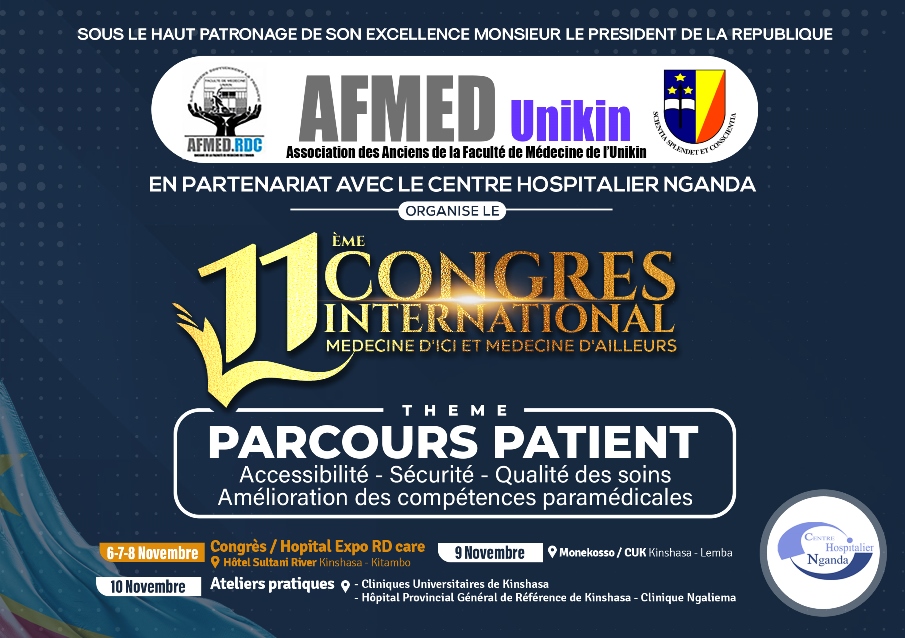Philippe Lindondo Esabish 1, Lydie Monique Ahia Beugre-Kouassi 2, Florent Songo Baukaka 3, Richard Matanda Nzanza 4, Teddy Dzaringa Gboro 1, Jean Bertin Beugre 2
- Cliniques universitaires de Kinshasa, université de Kinshasa, faculté de médecine,
département d’Odontostomatologie, service d’orthopédie dentofaciale, B.P: 834,
Kinshasa, Democratic Republic of the Congo
2. Université Félix Houphoue¨t Boigny, département d’orthopédie dento-faciale–UFR
d’odonto–stomatologie d’Abidjan, Abidjan, Cote d’Ivoire
3. Université de Kinshasa, faculté de médecine, département d’odontostomatologie,
service d’odontologie pédiatrique, Kinshasa, Democratic Republic
of the Congo
4. Université de Kinshasa, faculté de médecine, département des spécialités,
service d’oto-rhino-laryngologie, Kinshasa, Democratic Republic of the Cong
Correspondence:
Philippe Lindondo Esabish, Cliniques universitaires de Kinshasa, université de
Kinshasa, faculté de médecine, département d’Odontostomatologie, service
d’orthopédie dentofaciale, B.P: 834, Kinshasa, Democratic Republic of the Congo.
philindondo@gmail.com
Summary
Objective > The aim of the present study was to determine, according to the kind of dental occlusion, the profile photogrammetric characteristics of the young Congolese Bantu adult (DRC Congo).
Materials and methods > It was a cross-sectional study, including 302 young Congolese Bantu adults (161 males and 141 females), aged between 18–30 years old. All were in full permanent dentition, out of which 157 in dental normocclusion, 74 in distocclusion, and 71 in mesiocclusion.
The included subjects were subjected to anthropometric measurements performed using a photographic tool. The recorded data was analysed using the SPSS 20.0 statistic software for Windows. A general linear univariate model was established to compare the photogrammetric variables according to the gender and the type of dental occlusion. A post-hoc test was performed to specify the level of differentiation between the groups. The level of significance was fixed at
P < 0.05. Results > The gender dimorphism was observed for eight out of the seventeen variables, namely the facial angle, the FMA, the naso-labial angle, the Z angle, the convexity angle, E/Ls, E/Li, and H/ Li. The majority of the observed differences were found in the dental normocclusion situations. In Class III situation, there was almost no difference between males and females, except for variable E/Ls.
Conclusion > The photogrammetric measurements of the face captured the morphological specificities related to the type of dental occlusion and to the gender dimorphism. The expressiveness of the gender dimorphism was more pronounced in the subgroup of subjects in dental normoclusion,
a little less in distocclusion, and almost none in dental mesiocclusion. Therefore, profile photographs may be a viable alternative to determine normative values for the facial skin profile of the Congolese subject, and may be used as a reference for the diagnostic and treatment approach.
tome xx > 000 > xx 2019
https://doi.org/10.1016/j.ortho.2019.03.017
© 2019 Published by Elsevier Masson SAS on behalf of CEO.









